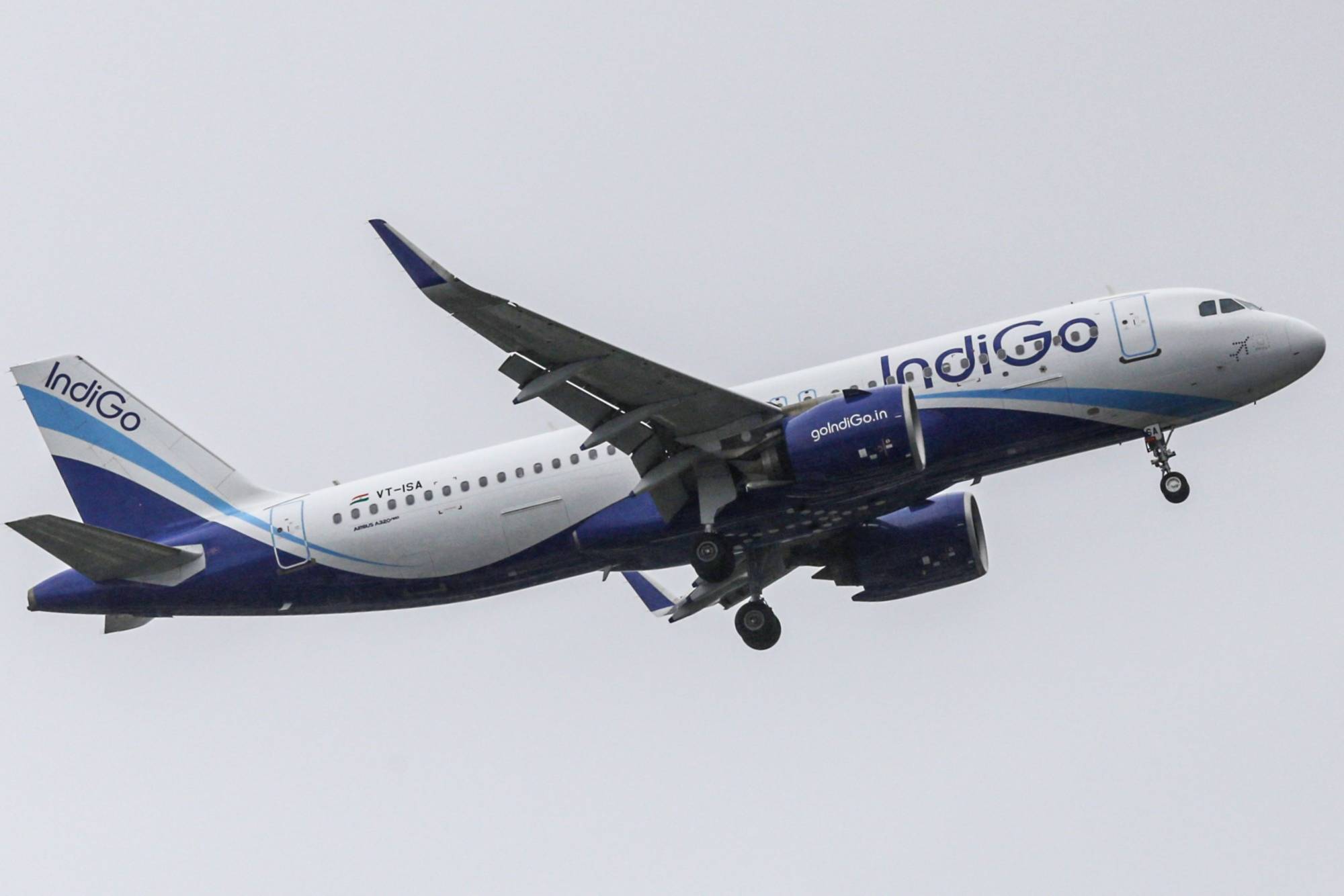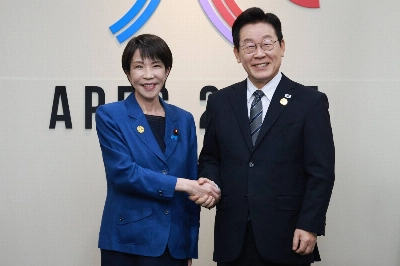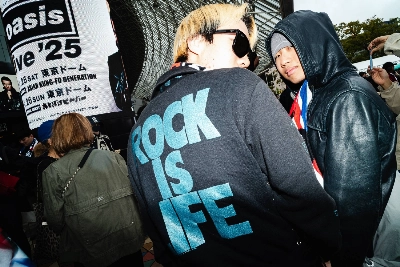Nivedita Bhasin became the world’s youngest commercial airline captain in 1989, but the Indian pilot still recalls her early years when other crew would urge her to rush into the cockpit so passengers wouldn’t get nervous at the sight of a woman flying their plane.
Three decades after Bhasin’s career began, female pilots are no longer a rarity in India, making the country a success story when it comes to diversity in the airline industry. India has the highest percentage of female pilots globally, the International Society of Women Airline Pilots estimates, with about 12.4% of all pilots women, compared with 5.5% in the U.S., the world’s largest aviation market, and 4.7% in the U.K.
The statistics raise questions about how a nation — which placed 135th among 146 countries on the World Economic Forum’s ranking of nations based on gender parity — was able to reverse the trend in this particular industry. Some of the answers may offer lessons for other countries and sectors striving to get more women into their ranks. Businesses that are more diverse tend to perform better, and some studies have even shown that female pilots have fewer safety incidents. Hiring more women could also help airlines address the staff shortages that are disrupting travel as the world emerges from the COVID-19 pandemic and demand rebounds.

















With your current subscription plan you can comment on stories. However, before writing your first comment, please create a display name in the Profile section of your subscriber account page.